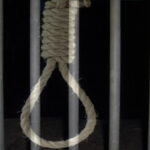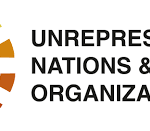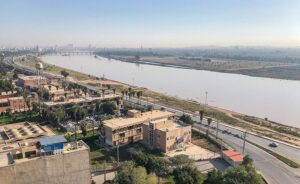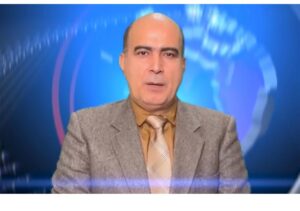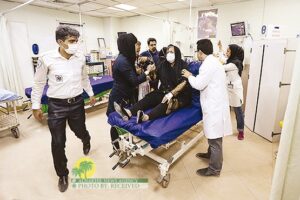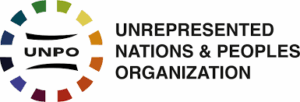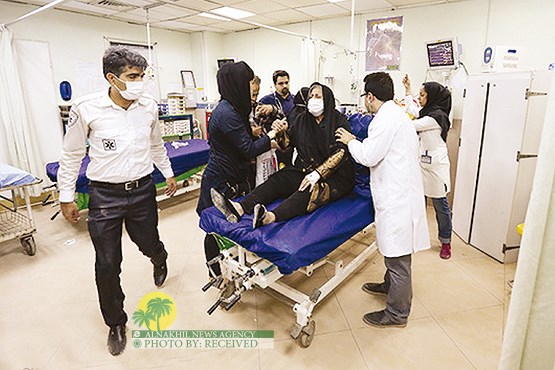Iran’s Economic Outlook: A Stark Contrast to GCC Countries and a Bleak Future
In today’s rapidly evolving global economy, currency reserve funds are crucial for maintaining economic stability and fostering long-term growth. These reserves act as a buffer against financial shocks and indicate a nation’s overall financial health, revealing its capacity to sustain development and manage fiscal challenges.
GCC countries make significant investments to diversify their economies beyond oil, ensuring long-term sustainability. For example, Abu Dhabi has a reserve fund of $968 billion, Saudi Arabia $925 billion, Kuwait $846 billion, Qatar $510 billion, and Dubai $360 billion. These substantial reserves reflect the foresight and strategic planning of these nations, which are shifting focus toward non-oil sectors. Saudi Arabia, in particular, is spearheading ambitious initiatives through its Vision 2030, aiming to capture 12% of the global chip production market and attract over $100 billion in semiconductor investments by 2025. Additionally, the kingdom plans to boost its internet capacity from 100 MB to 400 MB and is heavily investing in digital infrastructure. Similarly, the UAE is expanding its digital infrastructure to provide a 220 MB capacity, positioning itself and its GCC neighbors as global leaders in technology and innovation.
In stark contrast, Iran’s economic outlook appears dire and challenging. Although the National Development Fund (NDF) has an estimated reserve of $150 billion, only $10 to $15 billion is currently accessible due to frequent withdrawals for government expenses and sanctions. This situation is exacerbated by strained international relations, largely due to Iran’s support for terrorism and nuclear ambitions, leading to severe sanctions that restrict access to global financial systems and hinder foreign investment. Furthermore, the emigration of highly skilled individuals, or “brain drain,” weakens Iran’s ability to innovate and compete globally, while GCC countries attract global talent through competitive incentives and a conducive environment for investment.
Iran’s National Development Fund (NDF), like similar funds in other countries, was designed to invest in future generations and promote economic growth. However, political instability, economic mismanagement, international sanctions, regional military interventions, and support for terrorism, coupled with widespread corruption, have significantly depleted its reserves. This depletion raises concerns about Iran’s economic prospects. The government’s growing dependence on the NDF to address short-term financial challenges further jeopardizes its original long-term goals.
Looking forward, the future for GCC countries seems promising. With substantial investments in technology, chip production, and renewable energy, nations like Saudi Arabia and the UAE are positioning themselves as global economic powerhouses. Their robust reserves will buffer against economic volatility, allowing continued investment in education, innovation, and infrastructure. Conversely, Iran faces a difficult road ahead unless it can resolve its political and economic challenges. The ongoing depletion of reserves, coupled with internal corruption, international isolation, and a shrinking talent pool, threatens long-term economic stagnation. Significant reforms are needed for Iran to restore trust and lay the foundation for sustainable development.
In conclusion, the economic trajectories of Iran and its GCC neighbors illustrate a stark contrast. While GCC countries are leveraging their financial reserves and strategic investments to build a resilient and diversified future, Iran’s economic challenges and misuse of reserves suggest a more uncertain path ahead. For Iran to improve its prospects, comprehensive reforms and stabilization efforts are crucial, which can only be achieved by establishing a democratic, technocratic government.
Mayasa 13.09.2024

